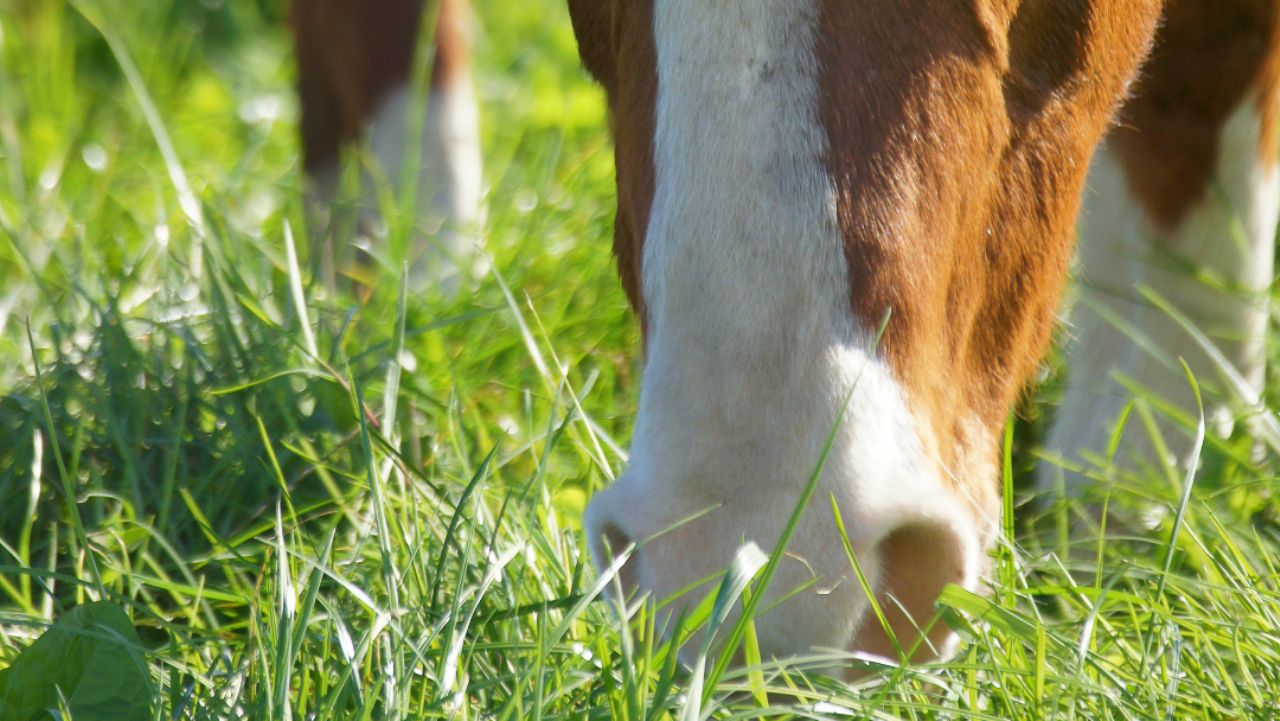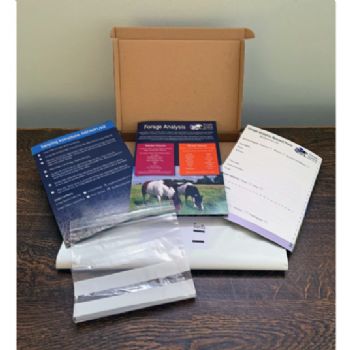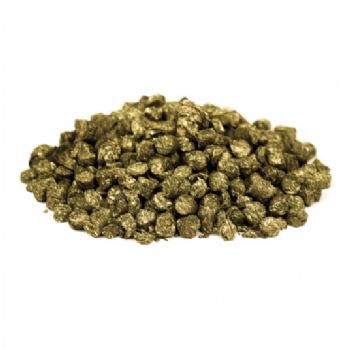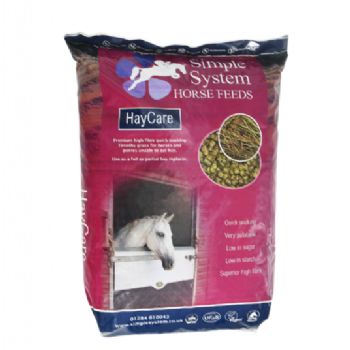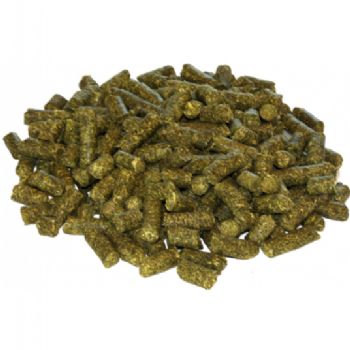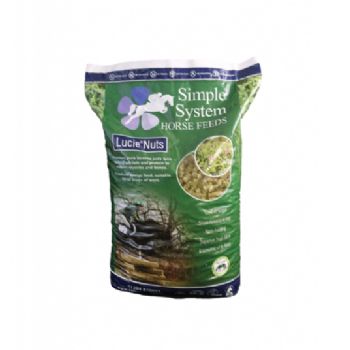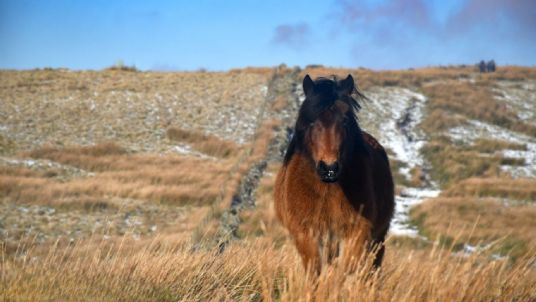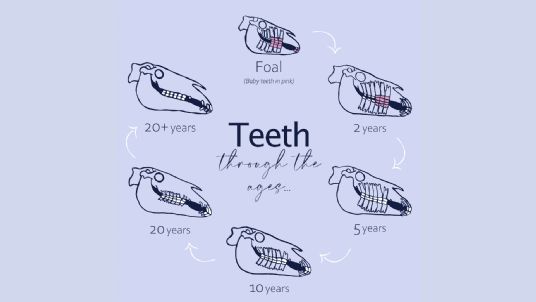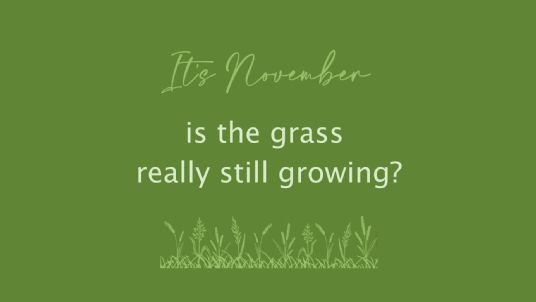How many times a day should a horse eat?
Horses evolved on grassy, treeless plains. They are nomadic trickle feeders that would spend and average of 12.5 hours a day grazing upon forage - which would have been the leaves, stalks, flowers and seed heads that grew on these plains.
Relatively recent studies show that horses generally graze in 10 to 15 feeding bouts per day and so constant availability of forage is deemed essential for our horses health and well-being.
What should a horse eat?
Whilst we cannot provide a grassy, treeless plain it is possible to recreate some of the factors that constitute species-appropriate feeding for horses that spend time in a stable. Hay or haylage is an ideal food for stabled horses, as are our grass, lucerne and sainfoin forage feeds. Linseed can also be important in providing the same natural balance of omega oils as in grazing, and it is used in all of our balancers which provide a top-up of vitamins and minerals. All Simple System feeds are free from straw - we suggest avoiding straw in the diet as the tough, lignified fibre cannot be digested in the same way as hay and haylage. It can also be an irritiant to the sensitive gut lining, so it is not an ideal choice, especially for horses prone to gastric ulcers.
When horses are stabled the bulk of the diet should be hay or haylage. The best hay for horses is usually made from a late first cut, typically after mid-July. Mixed grass species are best and ryegrass, especially tetraploid ryegrass, should be avoided. Analysing the hay will reveal its nutritional content and value - you can purchase a hay Analysis Kit - Nutrient - Hay/Haylage here, which comes with free interpretation from our Feed Line experts. Sugar levels are crucial as it is sugar that causes blood sugar and insulin to rise, which are trigger factors for laminitis. Sugar should be below 10% and in an ideal world, below 7.5%. A short soak (1 hour at the most) in plenty of water will reduce sugar levels. Offer the hay straight from the soak tub, wet, for freshness.
Protein is the most important nutrient for horses alongside fibre. Protein supports all the internal organs, blood, muscle and hooves as well as skin and hair. The minimum requirements for protein are between 8-10% of the diet for maintenance, but hay is best with a protein content of 13 - 15%. Higher levels (14% plus) are required for those in medium to hard work and by the young, old and breeding stock. Forage protein is very different from the protein found in cereals. Forage protein has a low digestibility, which means only around half is actually digested by the horse. The other half is not wasted but helps feed and support the microbes in the hind gut. The rest goes into the hind gut where is is required to support healthy gut microbes. If your hay is short of protein you can top this up with a Simple System forage feed, such as Lucie Nuts.
In order to mimic natural grazing and selection behaviours spread hay out in several different locations around the stable. Ideally feed from floor level but double netting or using small-holed nets can make hay last longer. Hang these as low as is safe or tie them behind boards across the corner of the stable - they could be anchored to a ring fitted in the bottom of a hay bar. For older horses, or those with poor dentition, HayCare is an ideal hay replacer. Leave buckets positioned in different areas of the stable, as you would with piles of hay.
Horses secrete stomach acid and bile continuously regardless of eating pattern but only produce acid neutralising saliva when they are chewing. After 2 hours without food, the risk of gastric ulcers is greatly increased. Working on an empty stomach further increases the risk due to acid splashing in the upper portion of the stomach. If they have been 4 hours without food, the acidic contents of the small intestine can back-flow into the stomach increasing the risk of pyloric ulcers.
When horses have free access to forage they will "pace" themselves. When forage is restricted, they will become greedy when it is available and will consequently eat too much. The answer is not to deny them vital forage, but you may need to make it harder to obtain than merely standing in one place and eating until it is all gone.
Insufficient forage increases the risk of ulcers and colic. It can also lead to behaviours such as door banging and kicking. Bed eating, wood chewing and eating droppings are all undesirable side effects of insufficient forage.
If you would like to discuss your horse's diet, our Feed Line team are happy to help. You can speak with the team on 01728 604 008 or complete our online form to request a free Feed Plan.
